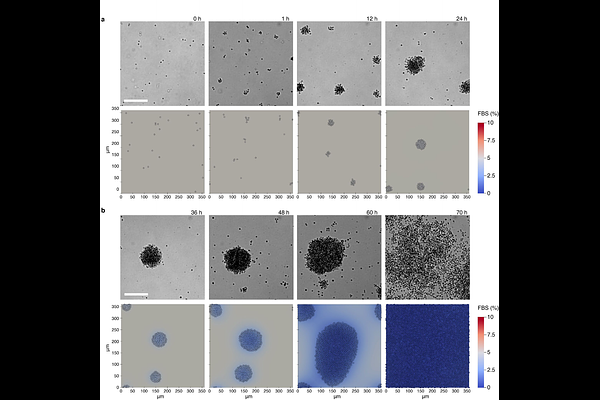A novel model system to address the relevance of aggregation in animal origins

A novel model system to address the relevance of aggregation in animal origins
Kin, K.; Alarcon, T.; Bercedo-Saborido, G.; Stepanova, D.; Ruiz-Trillo, I.
AbstractThe origin of animals from unicellular ancestors remains a fundamental biological question. Cell aggregation, a widespread eukaryotic behaviour, has been underappreciated as a potential pathway to multicellularity. Here, we establish Capsaspora owczarzaki, a close unicellular relative of animals, as a model system to investigate this process. We demonstrate C. owzarzaki aggregates dynamically deploying key metazoan-related genes such as integrins, tyrosine kinases, and Hippo pathway components. Moreover, we further model mathematically the aggregation process, revealing a threshold-like adhesion response to fetal bovine serum (FBS) and dynamic aggregation kinetics driven by cell-cell adhesion and access to FBS. Our findings suggest that cell aggregation could have played a pivotal role in the evolution of animal multicellularity, providing a context for the origin of genes now crucial for animal development. This work positions Capsaspora as a powerful model system for quantitatively studying the evolutionary transition to multicellularity through cell aggregation.